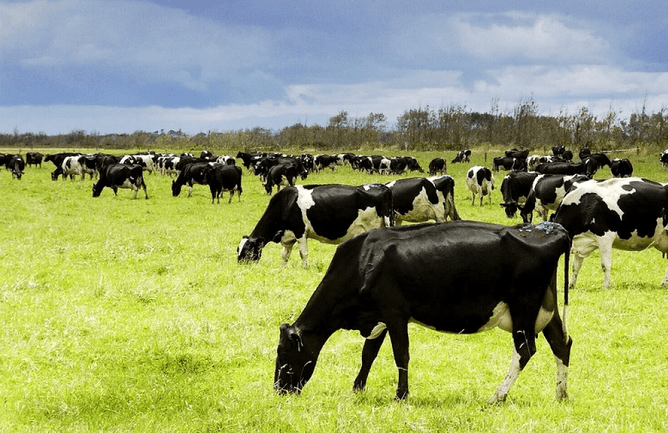Farmers are increasingly spending more time and money on preventative animal health measures and treatments rather than the more traditional reactive approach to disease on-farm.
One of the season's most sensitive times is the transition period, which includes the 3-week period before calving and 3 weeks after. If managed well, a host of animal health issues can be mitigated, but, if inadequately managed, it can lead to several animal health issues which can significantly impact animal health costs.
Unmanageable incidences of milk fever, grass staggers, clinical mastitis, assisted calvings, lameness and retained membranes are all signs that transition management could have gone better.
When cow condition is too high (above 5.5 - 6.0 BCS at calving), there is a risk of metabolic disorders such as milk fever and ketosis. If too light (below 4.5 BCS at calving) there is an increased risk of infectious diseases such as metritis and mastitis, and of course, lower reproductive performance, including a high empty rate.
Feeding should be adjusted to manage cows outside the ideal condition score range or, better still, to prevent cows being in this category. Body condition scoring throughout the season will help better manage individual cows as they approach key periods such as mating, dry-off and the transition period.
Magnesium supplementation is important for springers to reduce the risk of milk fever at calving and grass staggers soon after. Ensure adequate magnesium is supplemented to the cows from at least 4 weeks before calving until the spring pasture flush ends.
Lime supplementation should also be provided post-calving to the colostrum cows. Soils high in potassium (e.g. effluent paddocks) can interfere with magnesium uptake, so it is best to avoid effluent paddocks at this time.
The cow's immune function is greatly affected by trace element imbalance. Treatments such as Multimin, 3 - 4 weeks prior to calving, can provide much needed supplementation of selenium, copper, and zinc.
Whilst this past season has seen lower incidences of lameness, the transition period poses an elevated risk for foot trauma. Naturally occurring hormones in a calving cow can relax ligaments in the foot creating a less stable foot which is easily prone to damage. Race care is important to reduce foot trauma but, with low payouts and the need to reduce maintenance costs, this spend is one of the first to be impacted. Extra care and time will be needed walking the cows on the race and ensuring that excess backing gate pressure is not applied. Fast action identifying and resting impacted cows is important – the sooner a damaged hoof is treated the less harm done.
The transition period can be a daunting and stressful period, particularly when things go wrong, so always know we are available to provide a helping hand.

